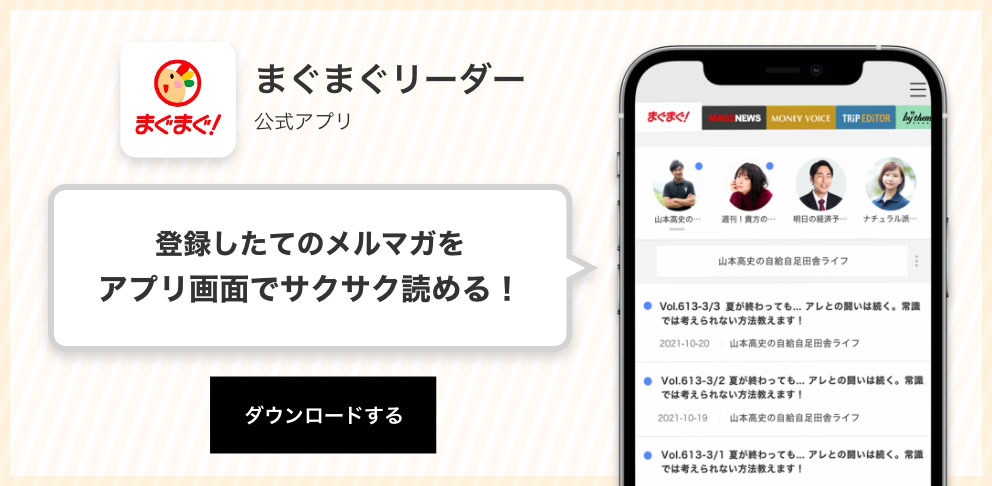【高校英語】共通テストの英文解釈 vol.1119≪平成29年試行テスト第5問A≫前半
【高校英語】共通テストの英文解釈□--■--□--■--□--■--□--------------------------------------------◆
【高校英語】共通テストの英文解釈 vol.1119
≪平成29年試行テスト第5問A≫ 月・水・土発行 2021/11/27配信
◆----------------------------------------□--■--□--■--□--■--□--■
目次・・・■ 問題 ■ 全文訳 ■ 解答・解説 ■ 語句 ■ 解答一覧
━━━━━━━━━━━━━━━━━━━━━━━━━━━━━━━━━━━━
平成29年試行テスト英語第5問Aの前半をスラッシュリーディングします。
■ 問題
第5問
A You are the editor of your school newspaper. You have been asked to
provide comments on an article about origami written by an American student
named Mary.
[Origami]
[1] Many people in Japan have childhood memories of origami, where square
sheets of paper are transformed into beautiful shapes such as animals and
flowers. Origami has been enjoyed widely by people of all ages for
centuries.
[2] A recent event reminded us that origami is viewed as a traditional
Japanese art form overseas. When President Barack Obama visited Hiroshima
in 2016, he made four origami paper cranes neatly. He then presented them
to Hiroshima City. This was seen as a symbol of his commitment to
friendship between the two countries and to world peace.
[3] Two positive influences of origami can be seen in care for the elderly
and rehabilitation. Origami requires the precise coordination of fingers
as well as intense concentration to fold the paper into certain shapes. It
is thought to slow the progression of memory loss associated with such
medical problems as Alzheimer's disease. It is also believed that origami
helps keep motor skills and increases brain activity, which aid a person
recovering from injuries. For these reasons, both inside and outside Japan,
there are many elderly care and rehabilitation programs in which origami
is used.
この続きを見るには
この記事は約
NaN 分で読めます(
NaN 文字 / 画像
NaN
枚)
これはバックナンバーです

